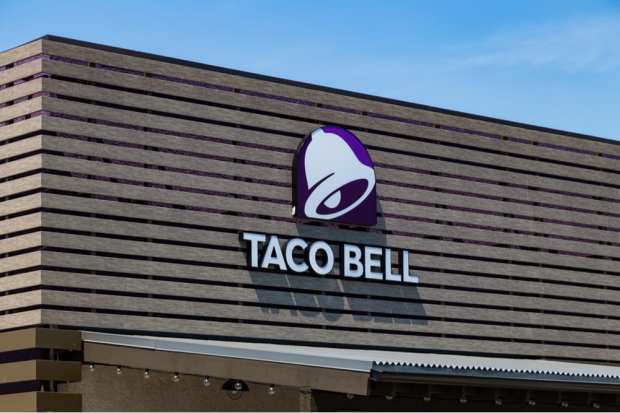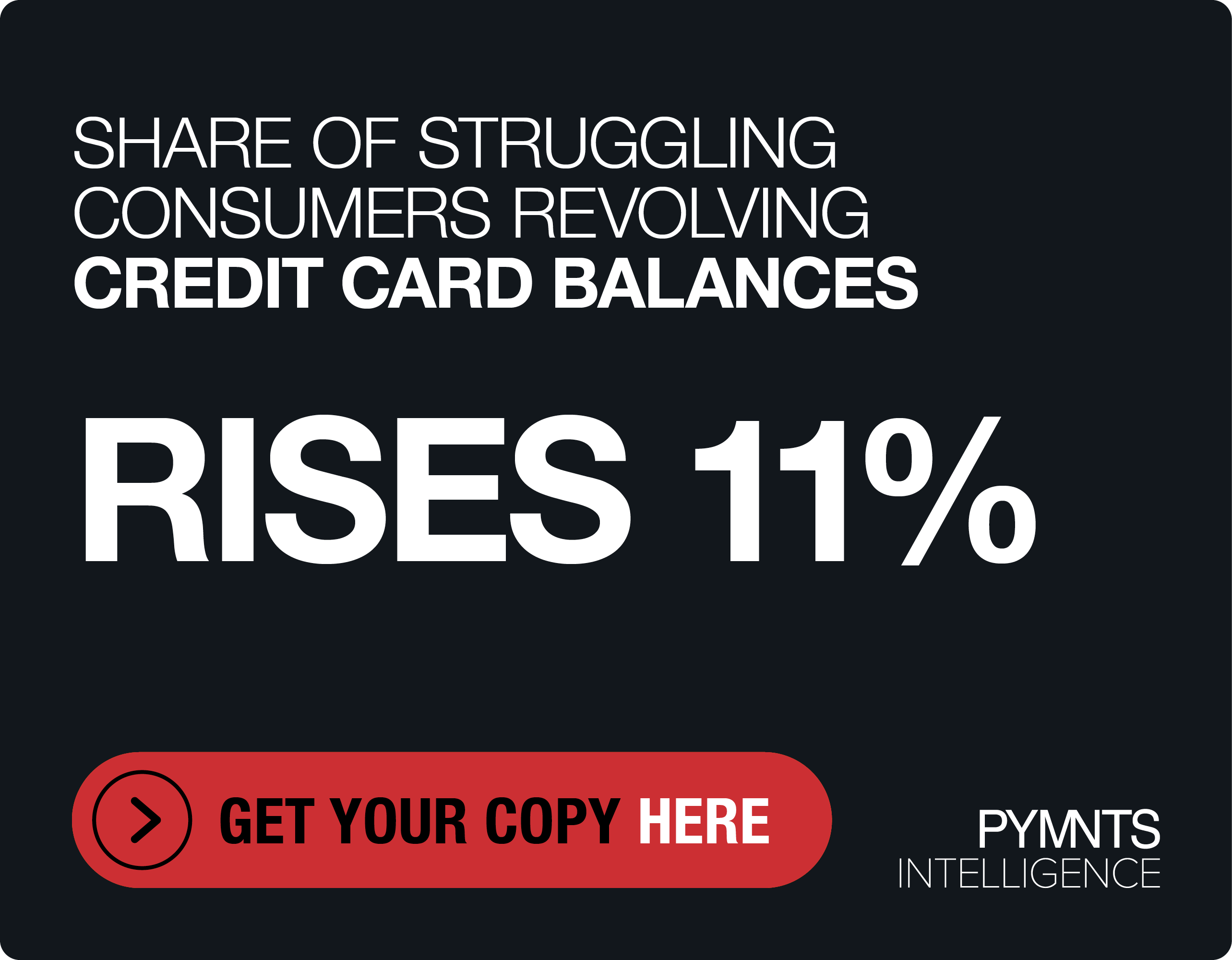Taco Bell Unveils ‘Go Mobile’ Restaurant Design

In a move that bolsters the drive-thru and digital experience for diners, Taco Bell has unveiled a new “Taco Bell Go Mobile” store concept. The quick-service restaurant (QSR) chain said the eatery is especially created for diners to place their orders ahead of time via its mobile app and “enjoy the Taco Bell experience in a frictionless way,” according to an announcement.
“The Taco Bell Go Mobile restaurant concept is not only an evolved physical footprint, but a completely synchronized digital experience centered around streamlining guest access points,” Taco Bell President, Global COO Mike Grams said in the announcement. “For the first time, our guests will have the ability to choose the pick-up experience that best fits their needs, all while never leaving the comfort of their cars.”
The concept’s restaurants come with multiple digital innovations in 1,325 square feet in comparison to the average 2,500 square-foot size of the average eatery in the chain. They also have dual drive-thru lanes, including a “priority pick-up lane” for diners who place their orders via the chain’s app.
Additionally, diners can choose to get their meals through contactless curbside pickup. And the company’s Go Mobile eateries will sense the arrival of diners and tell them the fastest avenue for a “seamless pick-up experience,” according to the company.
The first of the company’s Go Mobile restaurants will open in the first quarter of next year, according to the announcement. However, Taco Bell said the brand has “already begun incorporating some of its new features in existing restaurants.”
The news comes as Taco Bell parent Yum! Brands, Inc. reported on July 30 that digital sales increased to a record high of $3.5 billion for Q2, marking an increase of more than $1 billon from the past year.
CEO David Gibbs said on an earnings call at the time, “We now have over 34,000 restaurants offering delivery around the world, representing a 13 percent increase year-over-year in part driven by expanded aggregator partnerships.”
